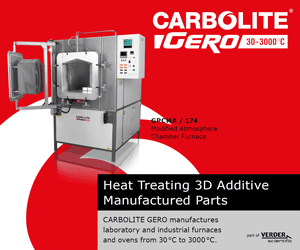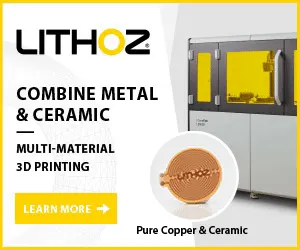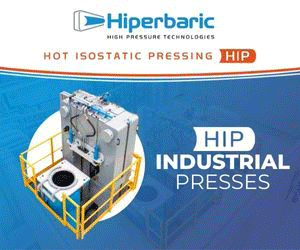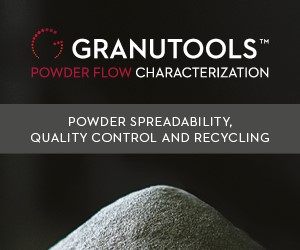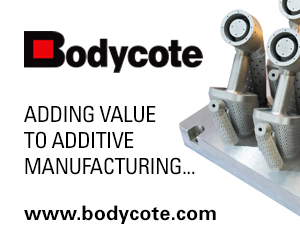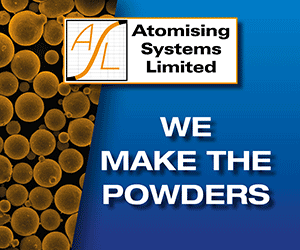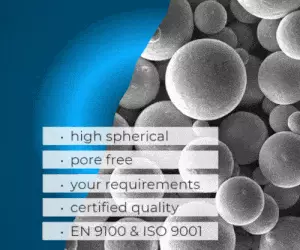Metal Additive Manufacturing, Vol. 9 No. 1 Spring 2023
Prefer a PDF download? Click here
In addition to the latest industry news, this 204-page issue of Metal Additive Manufacturing magazine includes the following exclusive features:
Separation anxiety: Lessons learned at NASA from a developmental rocket engine failure
So much is discovered when it just all goes wrong. From a ‘design-fail-fix’ perspective, it’s expected that developmental components may be pushed to destruction. With rocket engines that operate near the limits of their performance, however, the need to understand the causes of a failure is critical. In the competitive commercial space business there’s a clear advantage not to disclose knowledge gained from such incidents. Thankfully, NASA can share what others cannot.
Here, Alison Park, Deputy Technical Fellow, Materials and Additive Manufacturing, and Paul Gradl, Principal Engineer, share insights into one failure.
| Get PDF | | | Read online |
What is ‘good’ metal AM? Exploring the industry’s value metrics for production
The Additive Manufacturing industry is in a state of continual evolution. As one group of processes moves towards widespread adoption, others are being introduced and refined. In such a dynamic environment, how do we define AM, and what does ‘good’ AM look like? This article considers the status quo of conventional manufacturing before comparing key AM processes.
Steven Camilleri, Andrew Duguid, Sam Katz and Chris Massar (SPEE3D), Martin McMahon (MAM Solutions), Victor Champagne (US Army Research Laboratory), Ozan Özdemir (Northeastern University), Anthony Naccarelli and Timothy Eden (Penn State), Krishnan Kannoorpatti (Charles Darwin University) and Bruce McLean (University of Sydney) unravel AM’s value metrics.
| Get PDF | | | Read online |
An inside perspective on China’s thriving metal Additive Manufacturing industry
A decade ago, the majority of commercial metal Additive Manufacturing machine, materials and application developments took place in Europe and North America. Today, the picture is very different and China in particular has become a leading global player. Clear national strategies, combined with a strong drive to leverage commercial opportunities, have resulted in a powerful and dynamic metal AM industry that is moving rapidly towards self-sufficiency.
In this article, Xuesong Pan (Peter), co-founder of China’s 3D printing media company Nanjixiong, reports on recent developments.
| Get PDF | | | Read online |
Additive Manufacturing for jewellery and watchmaking: Exploring the potential of sinter-based technologies
Three years ago, Metal AM magazine published a widely read article on the use of Laser Beam Powder Bed Fusion (PBF-LB) technology for precious metal jewellery production. Today, the continuing rise of sinter-based AM technologies promises to open up the jewellery sector yet further, with new opportunities for both mass-market production as well as bespoke pieces.
Chiara Armbruster, Sonja Kappler, Carlo Burkhardt, Gerald Mitteramskogler and Apollinaria Frydmann offer an overview of this new generation of solutions and the state of the technology. A number of application examples are also presented.
| Get PDF | | | Read online |
Metal Additive Manufacturing for digital dentistry: An introduction for dental professionals
Thanks to a new generation of compact metal Additive Manufacturing machines optimised for dental laboratories, combined with software improvements and optimised workflows, AM technology is now being more widely implemented in medium- to large-sized dental laboratories.
In this article, Stijn Hanssen, Director, Dental Applications & Business Development, 3D Systems, reports on the application of metal AM technology for digital dentistry, reducing labour costs, maximising productivity and providing faster outcomes for patients.
| Get PDF | | | Read online |
Case study: The development of a multi-material heat sink by Additive Manufacturing using Aerosint technology
Additive Manufacturing offers the opportunity to transform industrial production. Currently, however, AM components are typically produced in only one material, which in many cases does not allow for full performance utilisation.
In this article, Xiaoshuang Li and Arthur Seibel describe, through a heat sink case study, how multi-material design and manufacturing can increase component performance as well as integrate additional functionalities when using the Laser Beam Powder Bed Fusion (PBF-LB) process.
| Get PDF | | | Read online |






